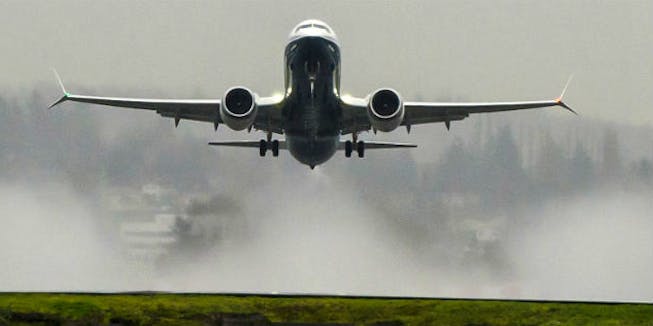Easa findings
New problems with the Boeing 737 Max autopilot
The European aviation authority Easa has found a new problem with the Boeing 737 Max. And again, technology is not doing what it should.

Boeing 737 Max: Yet another problem.

Boeing 737 Max: Yet another problem.
The Boeing 737 Max is only allowed to take off again once the aviation authorities give their approval. And that may take a while. Experts are taking a close look at the plane to find any mistakes that Boeing will have to correct. Now the European aviation authority Easa has found another problem. It was not yet publicly known up until now and affects the autopilot of the aircraft.
Bloomberg learned from well-informed sources that Easa has drafted a list of five important points which Boeing must address in order for the 737 Max to be approved again. One of them concerns the autopilot. Apparently, there may be cases in which it cannot be switched off immediately in emergency situations. This could lead to pilots not having enough time to intervene.
Effects still unclear
It is not yet clear whether or not and how this will affect the certification of the 737 Max. Among other things, it depends on whether Boeing has to make changes to the autopilot or other solutions will work. Should modifications to the autopilot, which is a very complex system, be necessary, it will further delay the re-entry of the Boeing 737 Max into operations.
The new problem has not yet been officially confirmed. The American aviation authority FAA only states that it works closely with the European counterpart. According to an informant to the Bloomberg news agency, the important points identified by the FAA were largely identical to those of the Europeans.
New problems popping up
This is not the first time that new errors have come to light during the course of the 737 Max investigation. Only last week, it became apparent that test pilots found a microprocessor malfunction which could lead to a nosedive. However, it is not clear whether this played a role in the two crashes.
Either way, having this malfunction occur would make it difficult for pilots to step in and take control “within seconds”, as the report says. And that is an unacceptable risk.
